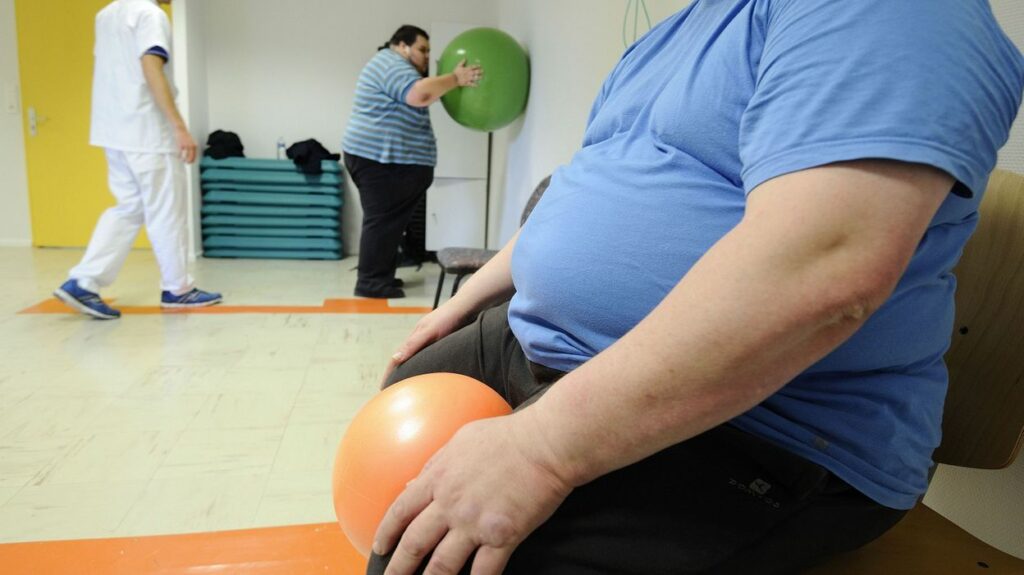The waist sizes of Europeans are rapidly increasing, according to data from the World Health Organisation (WHO). Now, nearly 60% of the European population is overweight or obese.
The WHO published its 2022 European Regional Obesity Report on Tuesday, with some surprising results. Within Europe 59% of adults and nearly 1 in 3 children (29% of boys and 27% of girls) are now classed as overweight or obese. From 1975 to 2016, the number of obese adults increased by 138%.
The WHO uses the oft-criticised Body Mass Index (BMI) as a scale to measure rates of obesity in Europe. Its detractors argue that the index fails to account for individual characteristics that could explain certain cases of higher BMI. For instance, more muscular individuals or pregnant women.
Nevertheless, increased BMI still has a positive correlation with serious illnesses across Europe. The WHO links this to more than 1.2 million deaths annually, or roughly 13% of European deaths. Obesity has been linked to increased rates of cancer, cardiovascular diseases, type 2 diabetes, and chronic respiratory diseases.
Overweight or obese people were also disproportionately affected by the Covid-19 pandemic.
Fighting the fat
The report recommends greater state-level interventions to help tackle what it labels an “epidemic” of obesity in Europe.
“Obesity knows no borders. In Europe and Central Asia, no single country is going to meet the WHO Global NCD (non-communicable disease) target of halting the rise of obesity,” said Dr Hans Henri P. Kluge, WHO Regional Director for Europe.
Dr Kluge calls for investment and innovation in health and health systems as part of Europe’s initiative to build back better after the Covid-19 pandemic. According to the report, the “pandemic” of obesity in Europe is still reversible if European nations take measures to combat it.
The report highlights that the increasingly digitised societies of modern Europe also drives obesity rates.
Whether working from home or distance learning – we are increasingly sedentary in our lifestyles. Combined with poor diet and lack of exercise, increased waistlines are all but guaranteed. The WHO wants to harness digital platforms to promote healthy lifestyles and a discussion on an active lifestyle.
Concrete measures
The WHO recommended several specific policies that it hopes will cut Europe’s waistline. Among them: fiscal interventions such as taxes on sugar-sweetened beverages and subsidies for healthier foods; restrictions on the marketing of junk food to kids; improved access to weight loss services as part of primary health care; and measures to improve childhood diets.
“Obesity is complex, with multifaceted determinants and health consequences,” the WHO warns, “no single intervention can halt the rise of the growing epidemic.” Any policy decision to tackle obesity will require “high-level political commitment” as well as long timeframes for their implementation.
Related News
- Including calories on menus in Belgium is not a good idea, say dieticians
- Belgium is EU leader when it comes to consuming sugary drinks
Belgium is an EU leader in the consumption of sugary drinks. At least one in five people over the age of 15 in Belgium drink sugar-sweetened beverages at least once a day, according to statistics from Eurostat.
Hardly surprising then, that a 2018 Sciensano study revealed that around half (49.3%) of Belgium’s population was overweight, and 16% obese. Nearly 19% of all Belgians between the ages of 2 and 17 are now overweight, and 6% are obese.

